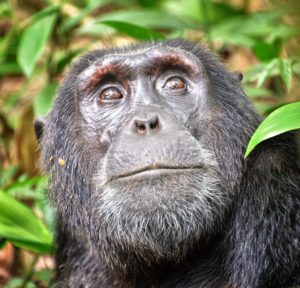Ring-tailed Lemurs in Crisis
Madagascar’s iconic primate, the ring-tailed lemur, is in desperate need of conservation action as scientists estimate there are less than 2500 individuals left in the wild.
 Image: By Rvb (Own work) [Public domain], via Wikimedia Commons
Image: By Rvb (Own work) [Public domain], via Wikimedia Commons Ring-tailed lemurs, the primate that is emblematic of the unique fauna of Madagascar, is in big trouble. Scientists estimate that there are less than 2,500 individuals left in the wild.
A new study by the University of Victoria in British Columbia and the University of Colorado lists the causes of their decline as habitat destruction, bushmeat hunting and illegal capture for the pet trade. Surveys have been conducted in a number of small forest fragments in the south-central part of the island of Madagascar – the only place here ring-tailed lemurs exist – from 2009 to 2013. And information on the lemurs has been gathered throughout their geographic range since 2012.
The study showed that only three sites in Madagascar are known to contain more than 200 ring-tailed lemurs. In addition, 12 sites now have populations of 30 or less and there are 15 sites where the lemurs have either become locally extinct or have a high probability of disappearing in the near future. Many of the areas that are now devoid of lemurs once contained large populations of these animals.
The fact that ring-tailed lemurs are ecologically adaptable and capable of surviving and thriving in harsh habitats but are still declining rapidly is extremely worrying. It provides an indication that many of the island’s other lemur species (as many as 75% of the 100 or so species that reside there) are in dire straits.
“Ring-tailed lemurs are like the canary in a coal mine,” said Professor Michelle Sauther, who co-authored the study. “If they are going down the drain, what will happen to the other lemur species on the island that have more specific habitat and diet requirements?”
Habitat destruction has been particularly bad in recent years. One of the biggest threats is open-pit sapphire mining that entices thousands of people from inside and outside Madagascar to seek their fortunes. The result of this is the fast and large-scale obliteration of the lemurs’ forest home. More than 22 million people live on Madagascar, and roughly 90% of the island’s human population live on less than $2 a day. What is really driving habitat loss and the decline of the ring-tailed lemur is human poverty.
Professor Sauther says: “It’s likely that the ring-tailed lemur population will eventually collapse. We are getting an early warning that if we don’t do something very quickly, the species is going to become extinct. And this is the one primate species in Madagascar we never thought this would happen to.”





No comments yet.